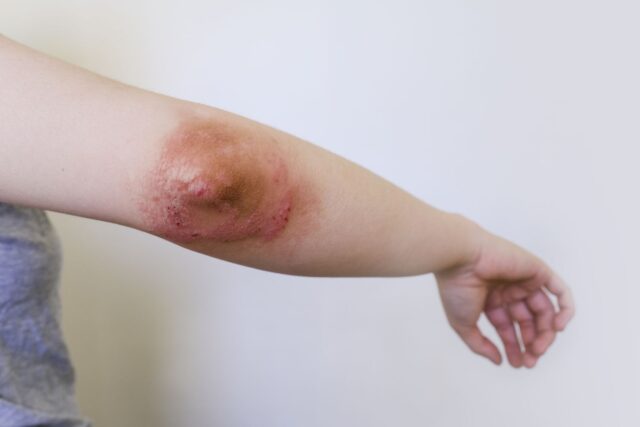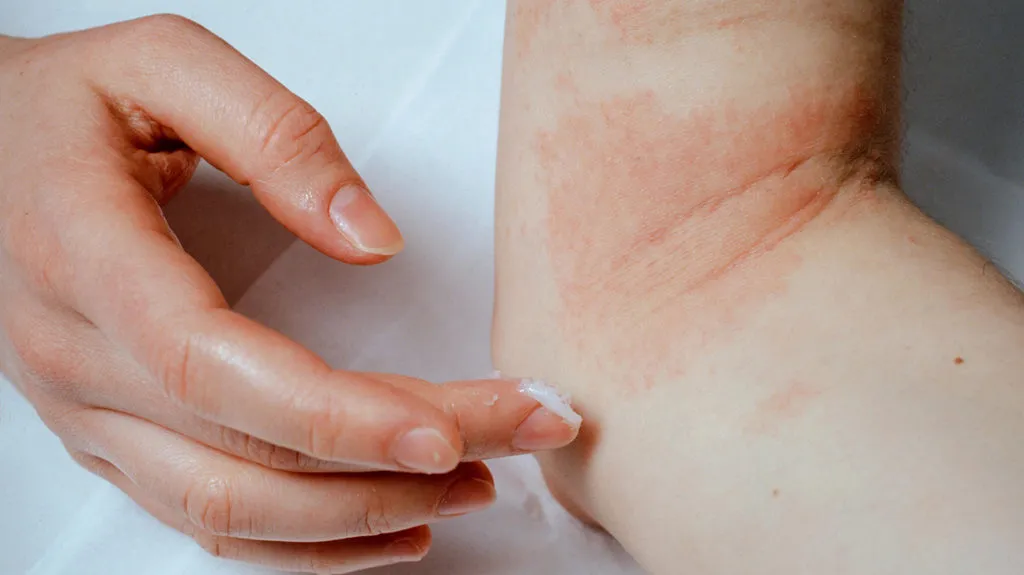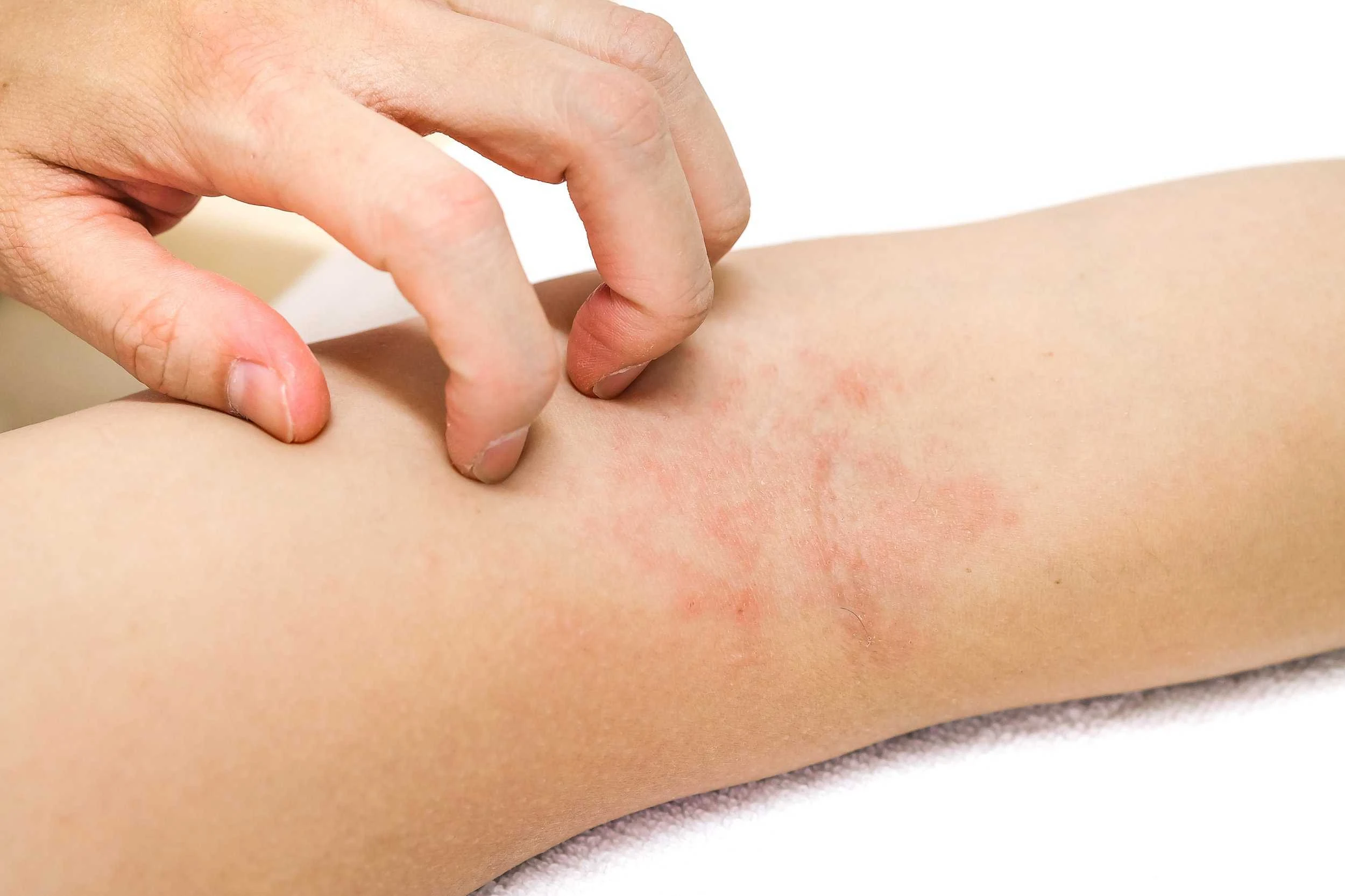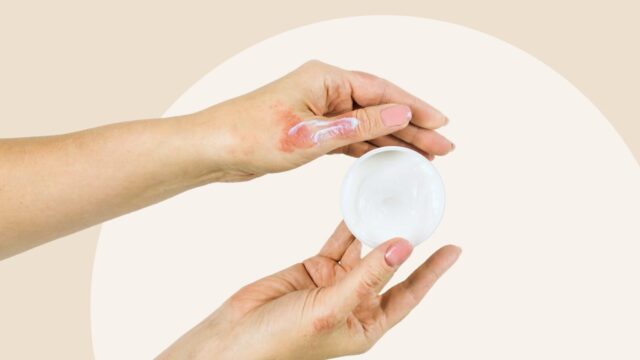
Eczema, often referred to as the skin’s desperate plea for soothing relief, is an ailment that millions grapple with across the globe. This inflammatory skin condition is characterized by its notorious itchiness, unsightly redness, and persistent discomfort. For many, these symptoms can sometimes seem unbearably relentless, plunging individuals into a ceaseless quest for relief. Eczema creams have risen to the challenge, providing a soothing balm to this inflamed concern. Yet, effectively leveraging these creams isn’t as intuitive as one might assume. Many find themselves navigating obstacles while seeking relief. This comprehensive guide endeavors to illuminate those hurdles and present actionable steps to effectively use eczema creams.
Understand Your Eczema
Eczema is not a monolithic condition. Its various manifestations, such as atopic, contact, or dyshidrotic, require a keen understanding. Recognizing these nuances is pivotal. It’s more than just labeling your condition; understanding the specifics of your eczema type can offer much-needed clarity in a sometimes-confusing journey. This recognition directly impacts your treatment strategy, guiding you to the most suitable creams and interventions. Given the myriad of symptoms and unique triggers associated with each type, this nuanced approach can significantly enhance your therapeutic experience.
Consult a Dermatologist
The realm of skincare is vast, intricate, and ever-evolving. Within this domain, dermatologists stand as the sentinels of expertise and knowledge. Their vast experience with skin anomalies makes their insights indispensable for those battling eczema. While numerous over-the-counter creams boast relief, it’s often the prescription variants, brimming with specialized ingredients, that truly address the root of the issue. Engaging with a dermatologist isn’t just a mere consultation—it’s an investment in personalized, expert-driven care that could revolutionize your path to recovery.
Choosing the Right Eczema Cream

With shelves laden with numerous cream,šŁs, each promising relief from eczema’s grasp, selecting the right one can feel daunting. It’s a decision that must factor in individual skin type, the intensity of eczema, and personal preferences. A closer look at the ingredient list is paramount. Ingredients like emollients can soothe the skin, and moisturizers lock in essential hydration. To navigate this expansive terrain, one must arm themselves with knowledge, ensuring that the chosen eczema cream aligns perfectly with their unique needs and challenges.
Patch Test
The allure of a new product, especially one that promises relief, can be irresistibly tempting. But before diving in, it’s essential to tread with caution. A patch test—applying the product on a small, discreet area—is an essential first step. This test, over a span of 24-48 hours, can reveal if the skin harbors any aversion to the product. It’s a small investment of time that can avert potential flare-ups, safeguarding one from exacerbating an already sensitive condition.
Cleanse and Moisturize

Achieving and maintaining skin clarity is integral in the battle against eczema. A ritualistic approach, emphasizing gentle cleansing, can effectively ward off irritants. Concurrently, moisturizing fortifies the skin’s barrier, enhancing its natural resilience. When this routine harmonizes with eczema cream application, the results can be transformative. Together, they form a formidable duo, amplifying the therapeutic potency and paving the way for skin that’s not just clear, but also comfortably hydrated.
Applying Eczema Cream
The artistry involved in applying eczema cream goes beyond the simple act of smearing a lotion—it requires a mindful and delicate touch. Beginning with a humble, dime-sized dollop, the emphasis should be on a gentle, yet comprehensive spreading across affected regions. Being able to adjust, based on the dynamics of one’s eczema, is paramount. The frequency and amount of the cream’s application should mirror the intensity of one’s symptoms. A guiding principle that remains timeless is the act of tenderness; one must refrain from vigorous motions. Overzealous application can be detrimental, exacerbating irritation rather than pacifying it.
Avoiding Triggers

The world around us is a vast expanse of both visible and hidden eczema instigators. Everyday elements, from the clothes we wear to the scented candles we light, or even the abrupt turn of seasons, can surprisingly aggravate eczema symptoms. To mitigate such unintended flare-ups, one must nurture a keen sensitivity to these lurking triggers. This involves not only identifying but also strategizing ways to bypass or minimize contact. An in-depth scrutiny of daily habits, coupled with adjustments in one’s lifestyle, can significantly decrease the odds of stumbling upon these concealed irritants.
Clothing and Fabrics
When it comes to those battling eczema, fashion choices extend beyond mere stylistic expressions—they play a pivotal role in skin health. Natural fabrics, especially cotton, emerge as true champions, prized for their breathable quality and skin-caressing softness. Conversely, artificial and coarse materials might unknowingly agitate sensitive skin. As one navigates the path of eczema management, prioritizing comfort alongside style becomes essential. By aligning with materials that soothe rather than irritate, one ensures that the therapeutic effects of eczema creams are not undermined by friction or heat generated by unsuitable fabrics.
Managing Itchiness

The urge to scratch when faced with the overpowering sensation of itchiness is a formidable challenge for those with eczema. Caving to this urge not only offers temporary relief but often opens the door to further skin complications, from infections to scars. Diverse techniques, from the calming touch of cold compresses to mindfulness exercises during peak itchiness bouts, emerge as effective deterrents. Paired with a well-chosen eczema cream, these strategies morph from mere interventions to powerful tools, empowering one to control the itch rather than be controlled by it.
Tracking Progress
The journey to managing and potentially conquering eczema, with all its twists and turns, merits documentation. Each stride, no matter how minuscule, paints a broader picture of recovery and resilience. Logging this odyssey, either through emotive written records or through progressive photos, not only fuels motivation but also offers an objective lens to assess efficacy. Analyzing this evolving record reveals invaluable insights, highlighting effective strategies and areas for improvement. It becomes a compass, guiding adjustments to one’s treatment regimen and setting the stage for enduring skin relief.
Conclusion
The path to efficacious eczema relief, punctuated with the application of creams, is a confluence of informed awareness, meticulous technique, and unwavering determination. While this guide offers a structured approach, personalized professional insights remain unparalleled in their value. As the odyssey unfolds, consistency becomes the cornerstone of success. With informed choices and enduring commitment, the promise of skin comfort and serenity awaits.








